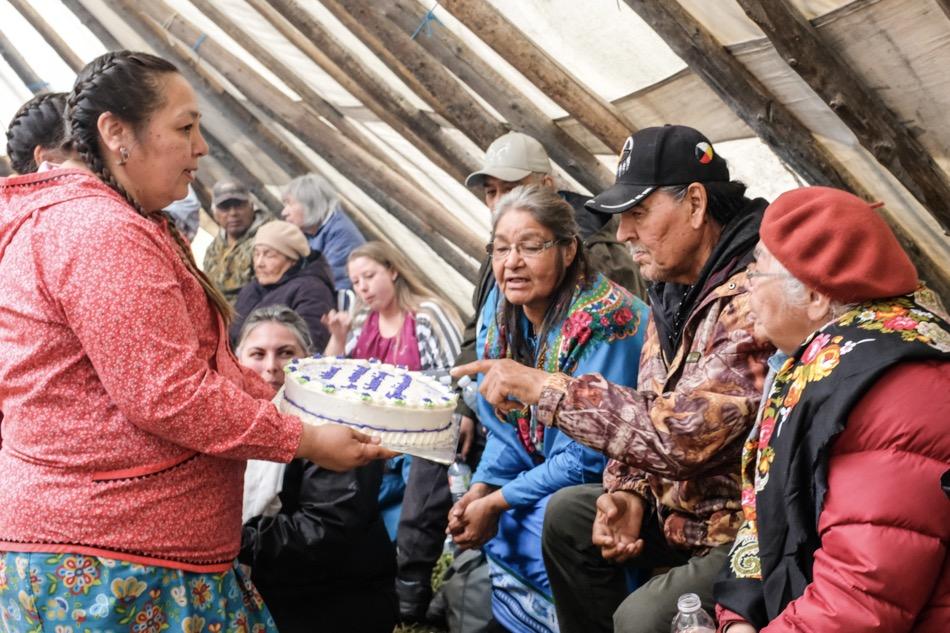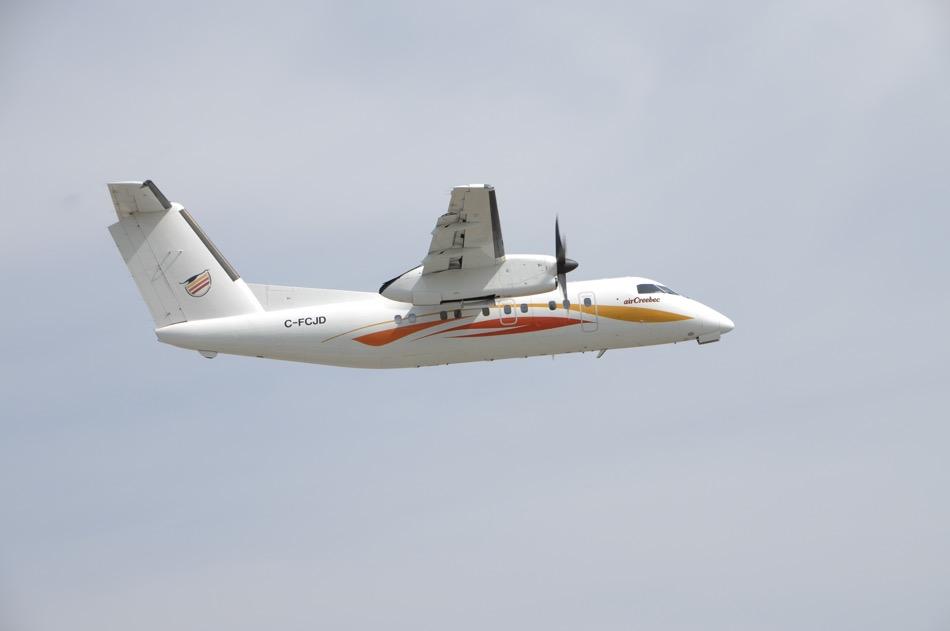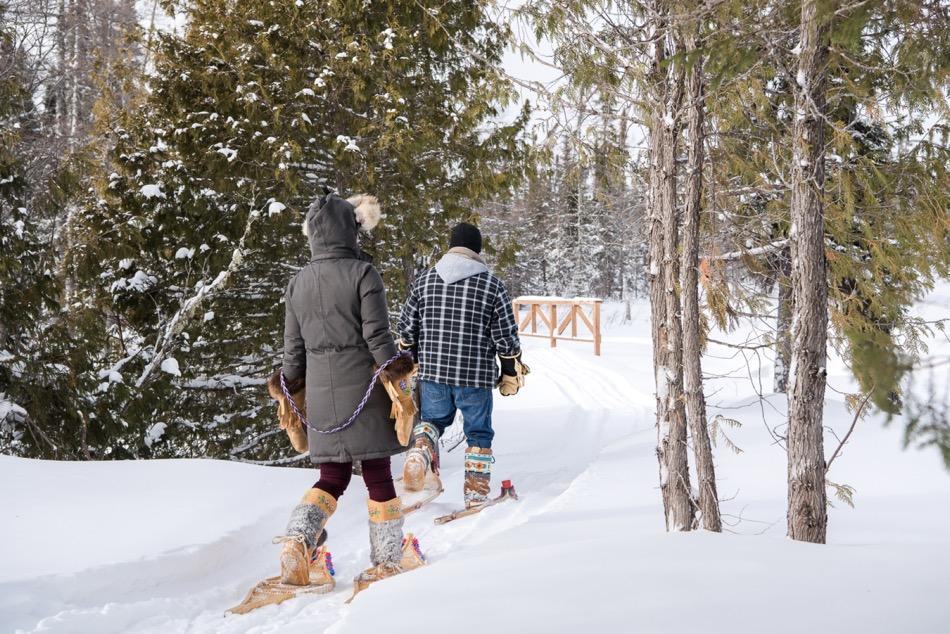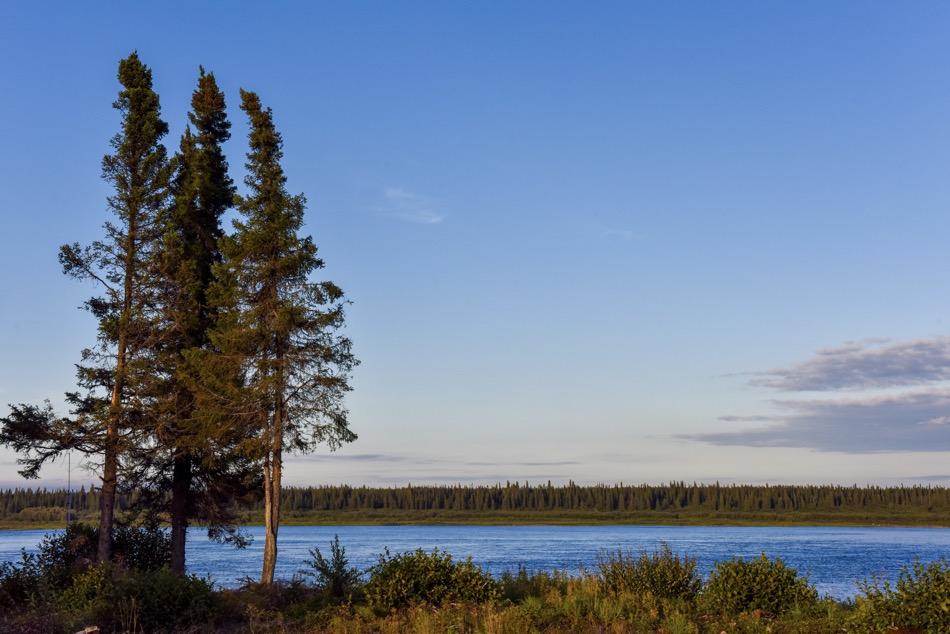Life in Eeyou Istchee
Come for the adventure. Stay for the people.
The CBHSSJB employs health care workers from many parts of Canada and the world. This information is for you.
The Cree Board of Health and Social Services of James Bay is responsible for the management of health and social services for all residents of the Cree territory of James Bay: the area corresponding to Region 18 of the health network of the province of Quebec.
Health and social services in the Communities
In each of the 9 communities of Eeyou Istchee, the CBHSSJB operates a Community Miyupimaatisiiun Centre (CMC), which is similar to a CSSS elsewhere in Quebec. CMC is an umbrella term for all local health and social services. Not all services are in the same building. Medical and dental services and administration are located in “the clinic”, while social services, elder care and rehab may be located in separate buildings.
Regional services
In addition to the services offered by CMCs, the CBHSSJB operates regional establishments and services:
- The Chisasibi Regional Hospital
- Three group homes operated by Youth Healing Services
- Robin’s Nest Women Shelters
- Regional Public Health, located in Mistissini
- Wiichihiituwin liaison offices (Cree Patient Services) in Chisasibi, Chibougamau, Val d’Or and Montreal
- Human Resources and regional Public Health satellite offices, located in Montreal
Geography and climate
Nine Cree communities house most of the population of Eeyou Istchee. The territory is vast, covering 450,000 square kilometers (two-thirds the size of France). It includes the lakes and rivers that drain into eastern James Bay and Southeastern Hudson Bay. The environment ranges from taiga (northern boreal forest) in the south, to tundra further north.
Population
We are the Cree of Eeyou Istchee. We call ourselves Eeyou and Eenou. Our name means simply “the people”. Clients of the CBHSSJB include the almost 18,000 people residing in the nine Cree communities and scattered throughout the territory at hunting camps, mine sites, hydro-electric installations and logging camps.
Languages
The Cree language is the first language of most Cree people. Some of your clients will be elders who speak no other language except Cree. You will work with an interpreter when providing services to these clients. For historical reasons, the second language spoken in the Cree Territory (and the working language of the CBHSSJB) is English. A growing number of Cree people also speak French fluently, and many of your clinical colleagues, especially nurses, are French speakers.
Getting here
All Cree communities except Whapmagoostui are accessible by road, but the distances are long and driving conditions can be difficult. Driving to coastal communities and Nemaska requires a sturdy vehicle that can withstand gravel roads, such as a 4x4. Snow tires are recommended between September and June, as snow and ice is always a possibility except in the warmest months.
For your safety: Before setting out by car, check the weather and Québec 511 for road conditions on highways managed by Transport Québec, including the Route du Nord. Check SDBJ for James Bay Highway conditions between Matagami and Chisasibi, as well as access roads to the coastal communities of Waskaganish, Eastmain, Wemindji and Chisasibi.
Air transportation is via the regional airline Air Creebec. Employees have access to a chartered air service.
Housing
Depending on your work location, job title, status and hiring point, you may have access to either of the following two housing options: temporary housing or permanent housing.
Temporary housing (transit)
A transit is offered when there is no permanent housing available in your community, when visiting other communities, or if you are an occasional employee (status 5) or visiting medical staff. You may have the transit to yourself, or you may share it with other employees.
You will have your own bedroom, which you can lock. Transits also come fully furnished and include a washer and dryer. Everything is included: toilet paper, tissues, towels, sheets, pillowcases, utensils, dishes, and so on. All you need to bring is food and your personal items (e.g. shampoo, clothing, etc.). You will have access to a television, and Internet access is available in most communities.
Permanent housing
Permanent housing in our communities may be either an apartment or a house. The type of lodging will vary according to your family status and number of dependents. Heating, electricity, furniture and home appliances are included.
Moving, shipping and storing personal belongings
Depending on your position, status and hiring point, CBHSSJB will pay for your move to the communities. Because home appliances and furniture are provided, no moving expenses will be defrayed for such furnishings, with the exception of certain types of children's furniture. According to your employee status, you may also store your personal items at the CBHSSJB's expense when living in our communities.
Sorties
Employees working on Cree territory and recruited more than fifty (50) kilometres from the locality in which they are called upon to perform their duties will be reimbursed by the CBHSSJB for any sorties to which they and their dependents are entitled. The number of sorties varies according to the employee's family status.
Vacation
For salaried employees with less than one (1) year of service as of April 30, their annual quantum of vacation time and associated compensation are prorated according to the number of months of service during the reference year (May 1 through April 30). Vacation entitlements are awarded according to number of years of service. Employees with between 1 and 17 years of service have 20 authorized vacation days.
Premiums
You may be offered an isolation premium, depending on your assigned community and family status.
You may also be entitled to a retention premium depending on your job category and seniority with the CBHSSJB.
Other premiums may be added to your base salary, such as cargo, and premiums according to shifts: evening, night or weekend premiums.
Healthy working environment
- All CBHSSJB employees have access to immediate and confidential assistance, 24/7, through our Employee Assistance Program.
- The Employee Assistance Program (EAP) provides you and your immediate family (if applicable) with immediate and confidential help for any work, health or life concern.
Please note that services may vary depending on your program. Login on workhealthlife.com or call the EAP toll-free number to discover the services available to you.
What to wear
Health workers coming here from the south should prepare for a cold winter with plenty of snow, cool temperatures and unpredictable weather in the spring and fall, and a short summer. Roads can be muddy and dusty, even inside the communities, so bring sturdy, waterproof shoes or boots and another pair of shoes or slippers to wear indoors. The dress code, whether at work or at social events, is casual.
Doctors, nurses and dentists on short-term assignments – remember to bring your own scrubs, protective lenses, stethoscope and indoor shoes.
Food and drink
You are responsible for your own food and grocery shopping. Most communities have a local grocery store, but specialty items such as vegetarian and organic foods might not be available. Food can be expensive, especially for fresh fruits and vegetables. All communities also have one or two restaurants serving basic Canadian food.
Water quality in the Cree communities is generally excellent, so you do not need to drink bottled water. Alcohol is not sold in any Cree community except Whapmagoostui.
Communications
Check the coverage map and roaming charges of your cellphone provider before leaving home. Bell mobility/Telebec is the only network that reaches all the Cree communities at this time.
Sports and leisure
The best way to experience the Cree way of life is by participating in community and cultural activities. Most communities have an ice rink, fitness centre and a gymnasium. Several communities, including Chisasibi, have indoor pools. Ask the Community Health Representative or Community Organizer at the clinic about opportunities to participate in Cree cultural activities such as walking out ceremonies. The region offers some of the world’s best fishing, canoeing, hiking and snowmobiling.






















